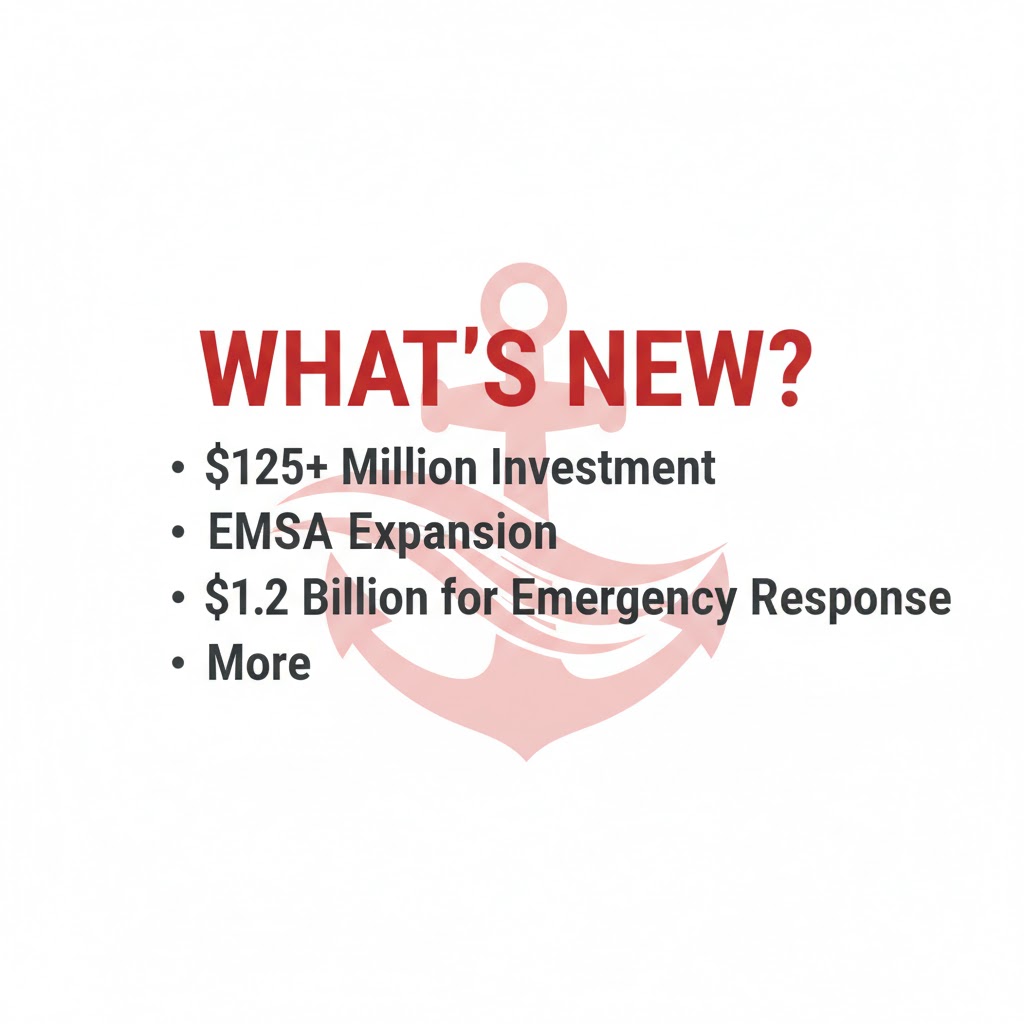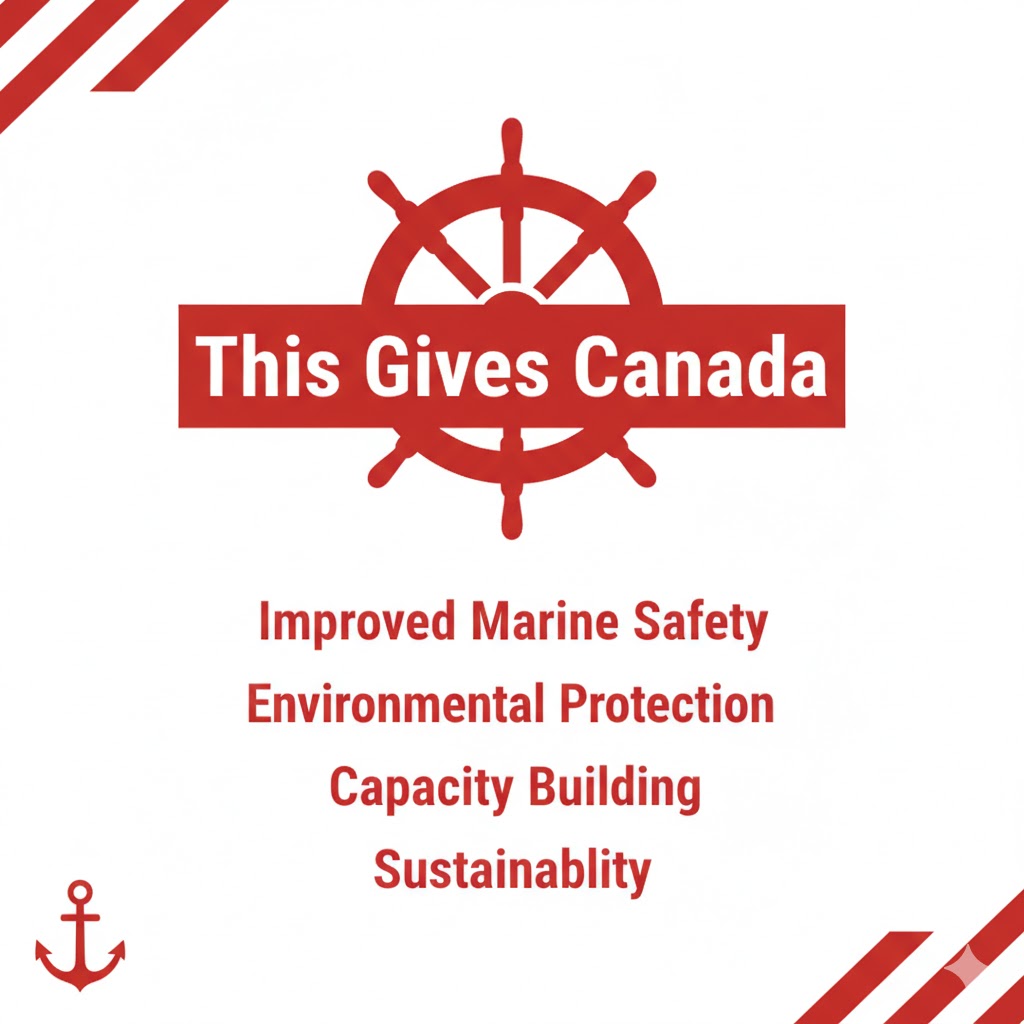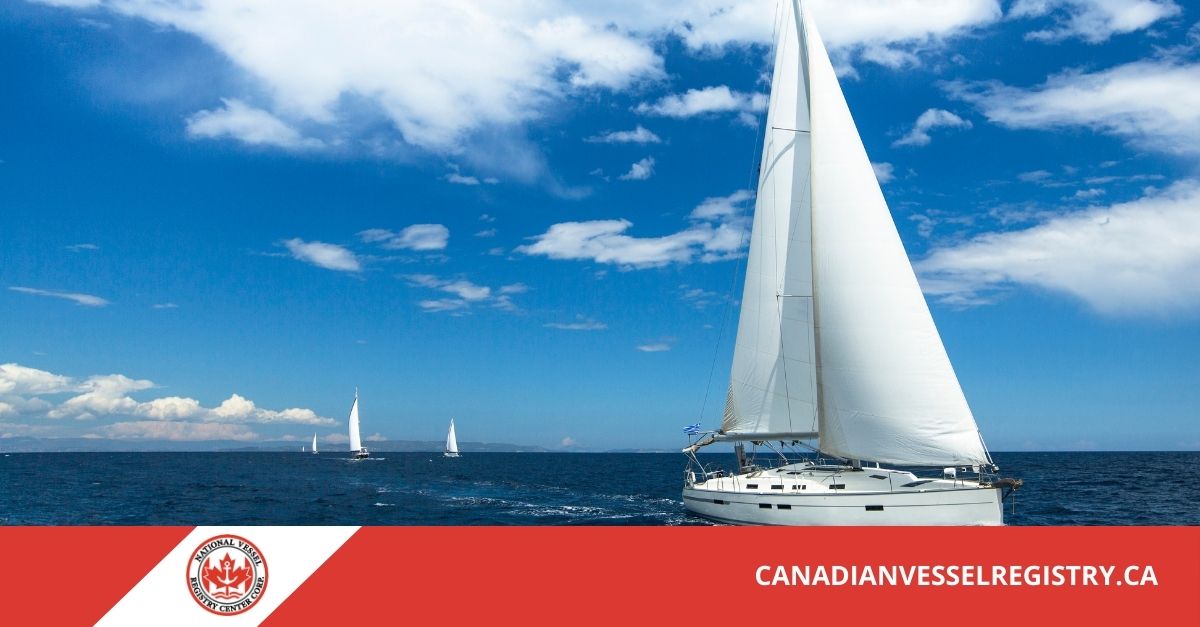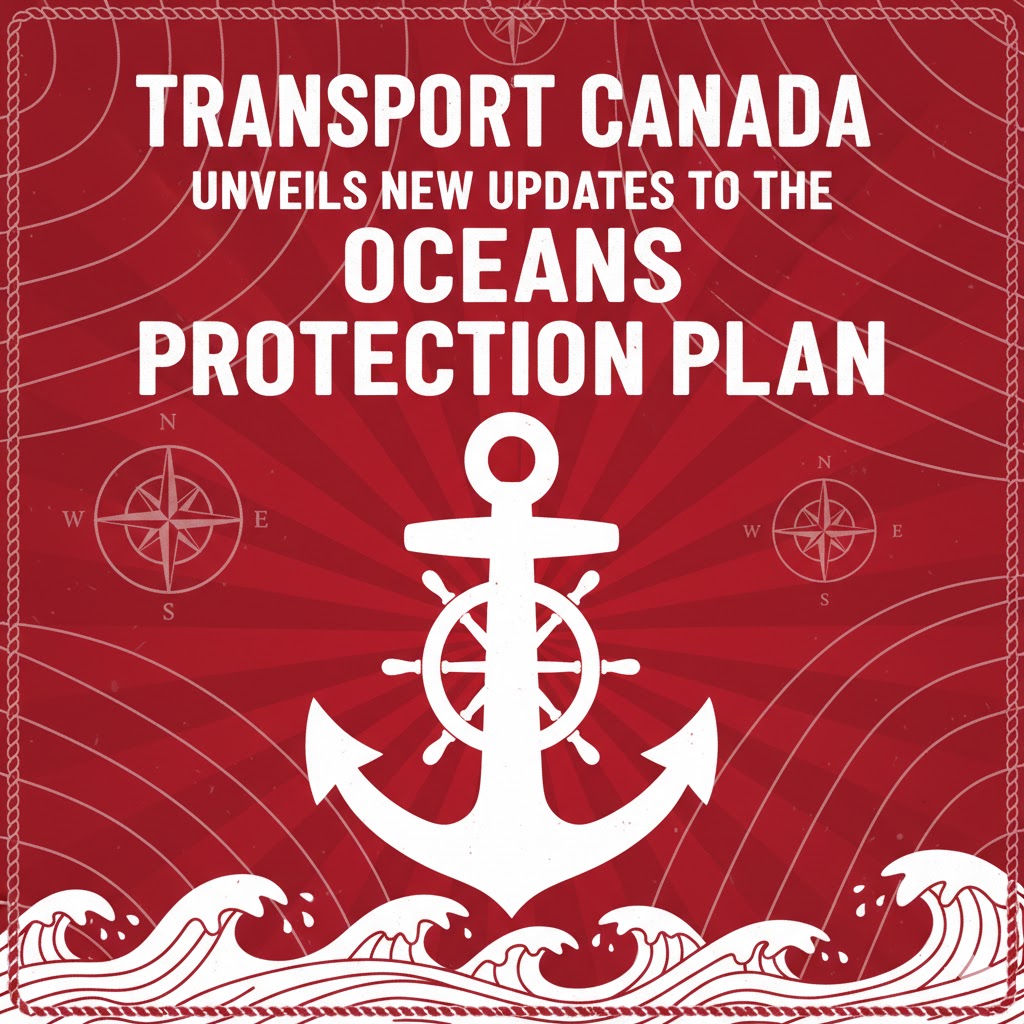Canada’s coastlines are among its greatest treasures, and through the renewed Oceans Protection Plan, we’re seeing ambitious updates that strengthen marine safety, environmental stewardship, and community resilience. At the National Vessel Registry Center Corp., our mission is to support boaters by making it as smooth as possible to handle Transport Canada processes — like Canadian boat registration, small boat register and pleasure craft licences — and these recent developments only underscore how critical proper documentation is.

What’s New in the Oceans Protection Plan
Over the years, Transport Canada’s Oceans Protection Plan has evolved. Recent announcements highlight major investments and regulatory changes designed to protect Canadian waters and support coastal communities. Key updates include:
- A $125+ million investment to strengthen marine safety and Indigenous community engagement.
- Expansion of the Enhanced Maritime Situational Awareness (EMSA) system, with up to $109 million allocated to improve situational awareness, route planning, and environmental monitoring in coastal communities.
- Support for Indigenous-led marine coordination through the Indigenous and Local Communities Engagement and Partnership Program (ILCEPP), enabling communities to guide policy, safety, and environmental decisions.
- Legislative reforms under the Canada Shipping Act, Marine Liability Act, and the Wrecked, Abandoned or Hazardous Vessels Act to better regulate identification, response to pollution, and abandoned boats.
- New levies proposed on pleasure craft licences and registrations to fund a Vessel Remediation Fund under the Wrecked, Abandoned or Hazardous Vessels Act.
- Investments in marine training — nearly $30 million to extend the Marine Training Program, targeting Indigenous Peoples, Northerners, and women.
- Stepped-up emergency preparedness: over $1.2 billion allocated to bolster response capacity, purchase pollution-response vessels, and train Indigenous and coastal volunteers.
- Funding for Indigenous communities to own or retrofit boats and equipment to participate directly in maritime search-and-rescue through the Canadian Coast Guard Auxiliary.
How These Actions By Transport Canada Strengthens Canada
These updates to the Oceans Protection Plan deliver concrete benefits:
- Improved Marine Safety: Enhancing EMSA means more communities will have access to real-time vessel traffic data, sensitive-area overlays, and search-and-rescue features — helping prevent incidents before they escalate.
- Environmental Protection: By funding responses to pollution, strengthening legislation, and investing in science, the plan bolsters Canada’s ability to safeguard its delicate coastal ecosystems.
- Stronger Community Partnerships: Indigenous communities are not just consulted; they’re partners. Hiring marine coordinators under ILCEPP ensures that traditional knowledge shapes decisions.
- Capacity Building: Training programs open doors for underrepresented groups to join the marine sector.
- Long-Term Sustainability: The proposed Vessel Remediation Fund, supported by levies on pleasure craft licences and registrations, means the costs of dealing with abandoned or hazardous boats aren’t borne by the general public.

The Role of Canadian Boat Registration and Licencing in This Vision
Proper Canadian boat registration and licencing is more than bureaucracy — it’s a piece of the protection puzzle.
Why Canadian Boat Registration Matters
Registering your boat ensures it’s legally identifiable, which is crucial under the new framework. With expanded EMSA tracking and increased enforcement of marine laws, registered boats help authorities monitor traffic, detect hazards, and respond effectively.
The Small Boat Register
Under Canada’s Small Vessel Regulations, the small boat register is a database of smaller recreational or non-commercial boats. Proposed regulatory changes aim to make owner identification more robust, supporting compliance and enhancing public safety.
As Transport Canada continues to modernize marine oversight, accurate registration on the small boat register strengthens accountability.
Pleasure Craft Licence
For many recreational boaters, a pleasure craft licence is the primary form of licencing. Under recent reforms, Transport Canada plans to tie licence issuance more closely to tracking and identification. In fact, new penalties are being introduced for manufacturers and importers that fail to include proper identification and serial numbers on boats.
By obtaining a licence, you aren’t just meeting a legal requirement — you’re contributing to a safer, cleaner system.
How Our Portal Helps You Navigate Canadian Boat Registration and More
At the National Vessel Registry Center Corp., we provide a streamlined way to deal with the necessary Transport Canada forms. Here’s how we support you in light of these updates:
- We offer digital access to the latest Canadian boat registration and licencing forms, keeping pace with legal changes.
- Our system reflects updates to ownership transfers, making it easier to report when you’ve decided to change boat ownership, and more.
- We guide you through the process to change the boat name and port of registry (or either individually).
- By making it easier for you to stay documented, we support the broader goals of the Oceans Protection Plan — safer waters, better response capability, and environmental protection.
The Bigger Picture: How This All Connects
These Oceans Protection Plan enhancements aren’t just about enforcement — they reinforce a culture of responsibility, preparedness, and community collaboration.
- When more boats are registered and licensed, authorities can use EMSA data much more effectively.
- Indigenous communities gain not just funding, but meaningful control and participation in marine policy.
- The Marine Training Program ensures that more Canadians — including Indigenous Peoples, women, and residents in remote areas — are trained to participate in marine safety and response.
- The financial backing from levies supports long-term cleanup of abandoned or hazardous boats, reducing environmental risks and navigational hazards.

What Boaters Should Know Moving Forward
If you own or operate a boat, here are actions to consider in light of these developments:
- Confirm your boat is properly registered in the Canadian boat registration system.
- Ensure you’re on the small boat register, if applicable.
- Maintain a valid pleasure craft licence, and double-check that your boat has the correct identification markings — especially serial numbers or HIN (Hull Identification Number).
- Stay tuned for future regulatory changes, as Transport Canada plans to release regulations tied to the Vessel Remediation Fund.
- Use our portal to access the most current forms: streamlined, up-to-date, and ready to match the legal landscape.
Transport Canada’s renewed commitment under the Oceans Protection Plan is reshaping Canada’s maritime future — and by staying documented, you’re part of it. We’re here to help you keep your registration and licencing aligned, so you can navigate confidently, legally, and safely.

